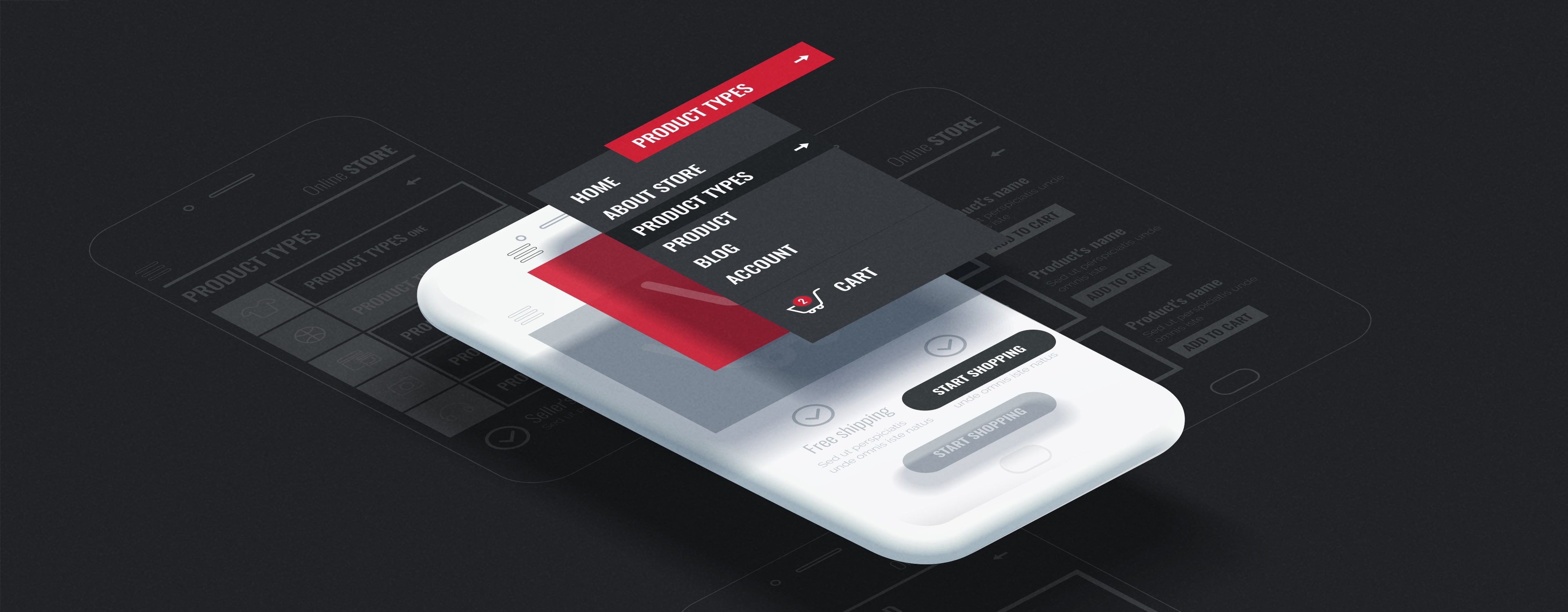Beyond Disabilities: The Business Opportunities of Web Accessibility
If you could do something that would, almost immediately, expose your content, products, and/or services to more people, make it easier for people to search for you, and, ultimately, make it easier for people to complete a transaction, wouldn’t you do it?
Of course, you would. But many organizations are missing out on opportunities simply because they haven’t embraced digital accessibility. And part of the reason may be because they take a narrow look at what accessibility is and who it impacts.
We’re here to tell you that accessibility is truly universal. The efforts you make today can pay almost-immediate dividends for your business.
Here are three key benefits of embracing digital accessibility practices in your web design and digital marketing efforts:
Improved Search
In the plainest of terms, Google is the ultimate “accessible” user. The principles of semantic markup, using alt-text and contextual links, and committing to Plain Language principles that ensure universal access to content make it easier for your users to find what they’re looking for.
By using natural language, effectively using your site’s markup, and aligning to web accessibility best practices, you’re also aligning with the way search engines index sites – and, no less importantly, you’re aligning to how people actually search! Many sites see the majority of their traffic come through search and by aligning with natural-language search patterns and using web accessibility tools, you’re actually aligning directly to the best practices in search engine optimization.
Better alignment to mobile best practices
With many of our clients, we see upwards of 60 percent of traffic coming through mobile devices. As we look at demographics, that number increases as we explore younger and younger audiences. So if you know that mobile is – or soon will be – a primary driver of users to your content, why would you not want to present your content in the best manner possible?
The majority of user interface elements from traditional desktop presentations, like text, hyperlinks, and buttons) are applicable to mobile development. And the lines are getting blurred – many desktops and laptops offer touchscreen control and some people connect their mobile devices to an external keyboard or mobile device. So aligning to digital accessibility best practices will make your content more usable in general.
Expanding your audience (and we’re not just referencing people with disabilities)
You’ve likely read the data. For example, the 2020 Global Economics of Disability Report states that there are 1.85 billion people with disabilities worldwide. When you factor in friends and family, that’s over 3.3 billion consumers and over $13 trillion in disposable income.
But the reality is that people with disabilities aren’t a uniform audience. They have unique needs, desires, challenges, and motivators, just like any other audience.
So, sure, it’s not like there’s $13 trillion waiting to come to your business if you make it accessible.
In fact, there may be more.
You see, universal accessibility is truly for everyone. People without disabilities can benefit from you embracing web accessibility – and, in turn, you’re exposing your offerings to an even broader audience.
For example, the WCAG 2.1 regulations that apply to font size, colour contrast, and flashing speed may be intended for people with low or no vision, but they also help those with aging eyes – like the nearly 1.7 billion people who suffer from presbyopia (you’ll recognize them as the people who are searching for their reading glasses).
Or what about the 22.9 per cent of Canadians (StatsCan 2017) or 20.7 per cent of Americans (US Census, 2009-2015) who reported an “other” mother tongue? Embracing universal accessibility practices like plain language helps these audiences quickly scan your content and understand the benefits to them.
And though we don’t like to focus on this, the reality is that certain jurisdictions like the Province of Ontario or organizations covered under the U.S.’ Section 508 legislation can impose fines in and around $100,000 per day.
But to us, the potential cost of the fines pales in comparison to the potential loss of business, just through a lack of exposure. Misalignment to accessibility equals a misalignment to SEO best practices, mobile development, and linguistic expectations. And that means potential customers who will never be exposed to your business.
Building your digital efforts upon a foundation of accessibility just makes sense. And Northern Commerce can help you discover the best solutions to meet your – and all your potential customers’ – needs.
Stay informed, sign up for our newsletter.

